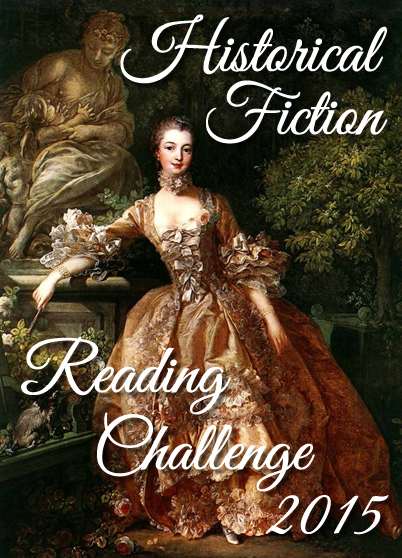 More Weight: A Salem Story by Ben Wickey
More Weight: A Salem Story by Ben Wickey Published by Top Shelf on September 23, 2025
Pages: 529
Format: ARC
Buy on Amazon, Buy on Bookshop
This post contains affiliate links you can use to purchase the book. If you buy the book using that link, I will receive a small commission from the sale.
Goodreads
“Every word is an accusation…and every whisper kills.” This staggering graphic novel explores the infamous Salem witch trials and the long shadows they cast more than 300 years later. 1692 is a year of terror. In Salem, Massachusetts, Giles and Martha Corey are forced to confront their troubled past when accusations of witchcraft plunge their community into a violent moral panic. Based upon true events, and set in three centuries, More Weight is a unique inquiry into the Salem witchcraft tragedy and the misunderstood city now synonymous with it.
I was given an advance review copy of this amazing graphic novel, and once I started reading it, I could barely put it down. More Weight gains its title from the purported last words of Giles Corey, who was pressed to death in Salem, Massachusetts, in September 1692. Corey refused to answer charges of witchcraft, and he was tortured to death in an attempt to convince him to answer. His story has captured the imagination of writers as diverse as Henry Wadsworth Longfellow and Arthur Miller. While some may view his death as a heroic protest against injustice, and it was, Wickey also paints a more complicated portrait of Giles Corey that humanizes him. It’s woefully easy to forget that the victims of witch hunts everywhere are human beings.
The artwork in this graphic novel is stunning.

The novel is also thoroughly researched. Wickey’s portrait of Salem will be familiar to anyone who has visited the city. I first fell in love with Salem when I won a trip to the city in 2010. At the time, my husband said we would live in Massachusetts one day, and with no such future on the horizon, I didn’t believe him. We’ve lived in Massachusetts now for 13 years, and we have made many trips to Salem in that time. It is troubling to consider that so many people lost their lives to false accusations of witchcraft in this place that has turned witchcraft into crass consumerism. Wickey contends with this weird history and also with Nathaniel Hawthorne’s similar attraction and repulsion to Salem. As an English teacher, it was fun for me to walk Salem’s streets with Hawthorne and Longfellow as they discussed the city’s history. What better tour guide might the reader have than Nathaniel Hawthorne?

I highly recommend this graphic novel to anyone interested in history, especially in the history of Salem or witch trials, but I think even people who think they aren’t interested in this history will find the novel fascinating. I am well-versed in the Salem Witch Trials, and I still learned new things from this book.
Praise for More Weight:
“The most insightful, beautifully crafted, and impressively researched dramatization of
America’s founding frenzy that exists in any medium, and a perfect illustration of why
bloody-minded Northampton men should never set foot in the New World. An appalling
masterpiece.” — Alan Moore“Blending one century into another, Ben Wickey’s gorgeous and stylized More Weight explores
the Salem Witchcraft trials of 1692 and their subsequent meaning and message. This powerful
graphic novel both intrigues the eye and strikes the heart, revealing the full horrors of what
only seem to be familiar stories.” — Marilynne K. Roach, author of Six Women of Salem and
The Salem Witch Trials

About Ben Wickey: Ben Wickey is a Massachusetts-born artist, writer, and animator. He is one of the contributing illustrators of Alan Moore’s The Moon and Serpent Bumper Book of Magic, the illustrator of Ki Longfellow’s The Illustrated Vivian Stanshall, and the director of several stop-motion animated short films, including the award-winning The House of the Seven Gables. He lives in California with his beloved wife and cat.
 The Daughters of Temperance Hobbs by
The Daughters of Temperance Hobbs by 




















